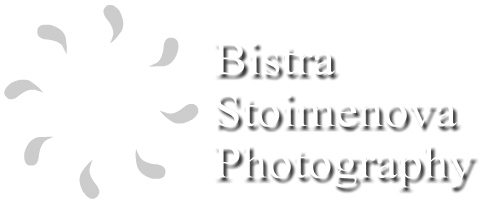Once I started working on the final version of the canvas to be printed, I needed to make a few changes. My initial idea was just to have the two images side by side and have the text explanation put in some corner of the image. However, it turned out that it is impossible since the old images are not that contrasting and if I put some text there, it would not show at all. My images, on the other hand, were too colourful so any text would simply get lost there.
Plus, I needed to add the title of the exhibition and the logos. Once I started devising the text for each image, it dawned on me that I have a ton of things to say that cannot be put on the canvas along with the images. If I had done this, each image would have been accompanied by a separate pane which tells the story of the place (similar to the way things are displayed at museums). However, I didn't want my viewers to feel as if they have entered a museum (my impression is that most people hate reading for some reason). So I decided to put everything I need to say in a website.
Then there was another problem - how to make people access it? Putting the address on the pane would not do since people would need to type it and most would give up before trying. So I needed something easy - that is how I came up with the QR code idea.
Having so many elements in the picture meant that I would need to give up my idea of having only the images on the pane. So I decided to go for plain white background and to have the old photo above the rephotographed one (the other option was to have landscape panes but that meant the photos would be even smaller due to the A3 size of the pane and I didn't like that). hence I went for portrait orientation.
The white background allowed me to put all the elements that need to be on the pane and to make them readable (black on white is easy to read, after all).
The only horizontal panes are the ones I call "doubles" which were the last to be created. I really wanted something striking as a poster for the exhibition. So I started experimenting and came up with this:
I was impressed with the result and decided to include 4 of those (of the places that showed the most change and were shot at the same angle). These are the only panes that have no text on them (since the text is available on the other panes next to them) and I used these to make people 'wow' at their sight. So far, I haven't met a person to see these and not to be impressed by how much the places have changed.
I didn't do doubles for all places since it was impossible at some places and I didn't have that much space to showcase them. Besides, the idea was to put them as the main focus of the exhibition and having too many panes like that would bore people.






No comments:
Post a Comment